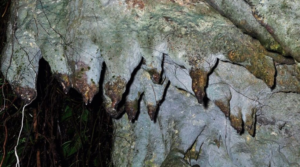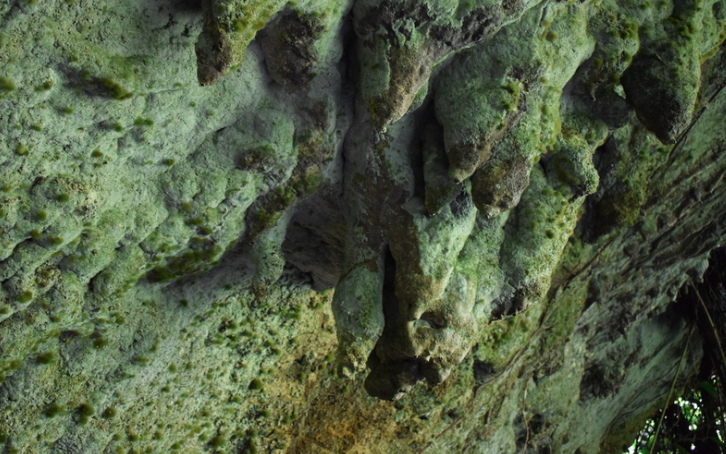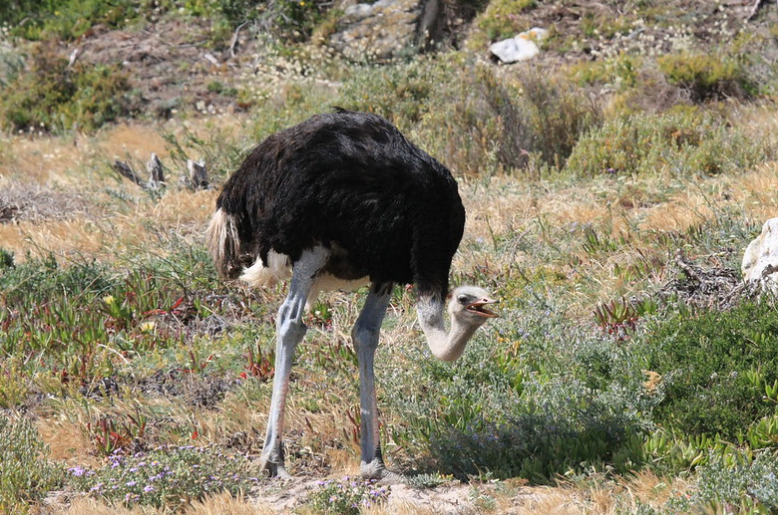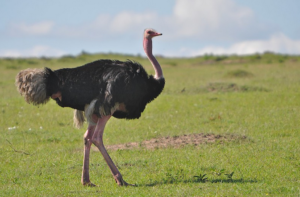Amabere Ga NyinaMwiru Caves Exploration
Amabere Ga NyinaMwiru Caves Exploration
Amabere Ga NyinaMwiru Caves Exploration : is a cultural site with remarkable history in western Uganda. It is located in Fort portal town near Nyakasura School a few kilometers out of Fort portal town. Actually, this rock is as a result of formation of stalagmites and stalactites. You can stop by while on your tour to Semuliki national park for birding safari or viewing the hot springs. You can also combine it to Kibale national park for chimpanzee tracking. On the other hand, you can combine it to Queen Elizabeth national park for a wildlife safari and boat excursion.
Historical Background
Geographical formation
Actually this is a home to a very rich cultural history attached to these rocks which form scenic caves. They also have streams of water above them causing refreshing waterfalls for those who visit. Here, you are welcomed by the sweltering sound of the waterfalls, the glorious distressed waterfalls hissing out the caves. The environment is pretty cool due to moisture content of the falls since the thick forest cover doesn’t allow it to escape. Breast like feature hang on the roof of the caves with whitist milk like substance tickling out.
 This milk like substance was created by chemical reaction between water and salt many years ago. As a result, the name “Amabere ga Nyina Mwiru “a local name to mean the breast of Nyinamwiru. In fact, these rocks and caves are called stalagmites and stalactites. A stalagmite is a type of speleothem that rises from the floor of a limestone cave. This is due to the dripping of mineralized solutions and the deposition of calcium carbonate. Besides, the corresponding formation on the ceiling of a cave is known as a stalactite. If these formations grow together, the result is known as a column.
This milk like substance was created by chemical reaction between water and salt many years ago. As a result, the name “Amabere ga Nyina Mwiru “a local name to mean the breast of Nyinamwiru. In fact, these rocks and caves are called stalagmites and stalactites. A stalagmite is a type of speleothem that rises from the floor of a limestone cave. This is due to the dripping of mineralized solutions and the deposition of calcium carbonate. Besides, the corresponding formation on the ceiling of a cave is known as a stalactite. If these formations grow together, the result is known as a column.
Cultural Myth
According to the locals around, the Bachwezi from the great Batembuzi dynasty lived here between the 13th and 19th century. These people possessed supernatural powers and never died but instead disappeared mysteriously. The Batoro have a strong belief attached to these caves with an interesting myth told through the generations. The caves were named after King Bukuku’s daughter named Nyinamwiru, loosely translated ‘Amabere Ga Nyinamwiru’. King Bukuku was one of the ancient Kings of the Batembuzi Dynasty that ruled that time. They were believed to be demi-gods by their subjects, often disappearing to the underground at given times. In fact, the princess was a beautiful young lady who had a strong personality. She refused to marry the man her father the King had chosen for her.
This greatly infuriated the King and his subjects who could not understand how anyone could disobey the King. The King then ordered that her breasts be cut off because of her disobedience. This would then ensure that she would never get married to whoever she would choose and never be able to nurse children. It is strongly believed that the scenic rocks in this location are her breasts oozing milk since that day. In the midst of this opulent green verdure, nature and culture come together. The ground is rather slippery though and it is covered by hundreds of fallen leaves from over the years.
From this site one can take hike to Nyakasura hill which will give you views of 3 different crater lakes. You can also visit the marking of a large foot in the area. This is believed to belong to one of the last Batembuzi dynasty people who were giants like humans.



 Their running is aided by having just two toes on each foot with the large nail on the larger, inner toe resembling a hoof. When threatened, the ostrich will either hide itself by lying flat against the ground or run if concerned. Although they are powerful, long legs can be formidable weapons. They are therefore capable of killing a human or a potential predator like a lion with a forward kick. Additionally, its feathers are decorative and are also used as feather dusters. Its skin is also used for leather products and its meat is marketed commercially.
Their running is aided by having just two toes on each foot with the large nail on the larger, inner toe resembling a hoof. When threatened, the ostrich will either hide itself by lying flat against the ground or run if concerned. Although they are powerful, long legs can be formidable weapons. They are therefore capable of killing a human or a potential predator like a lion with a forward kick. Additionally, its feathers are decorative and are also used as feather dusters. Its skin is also used for leather products and its meat is marketed commercially. 




